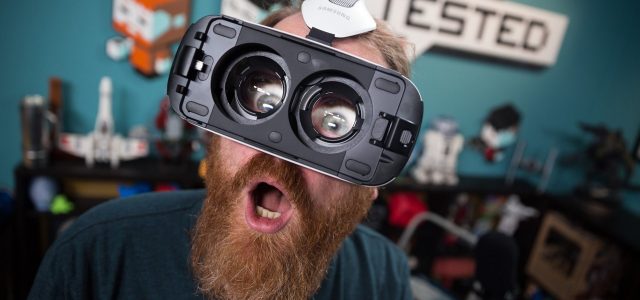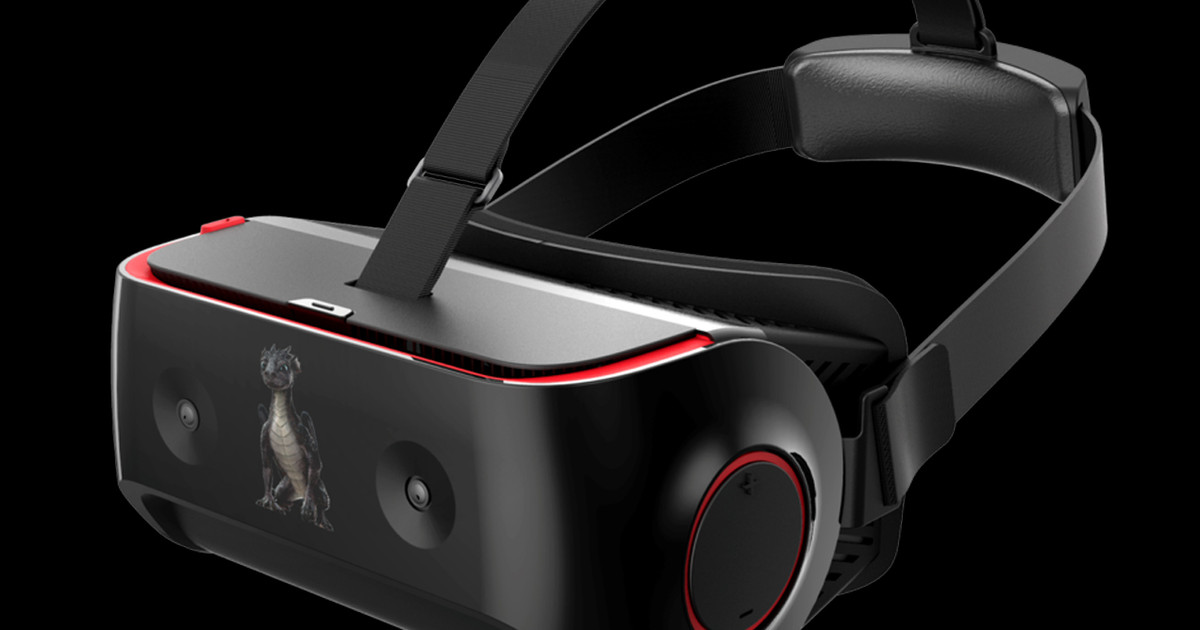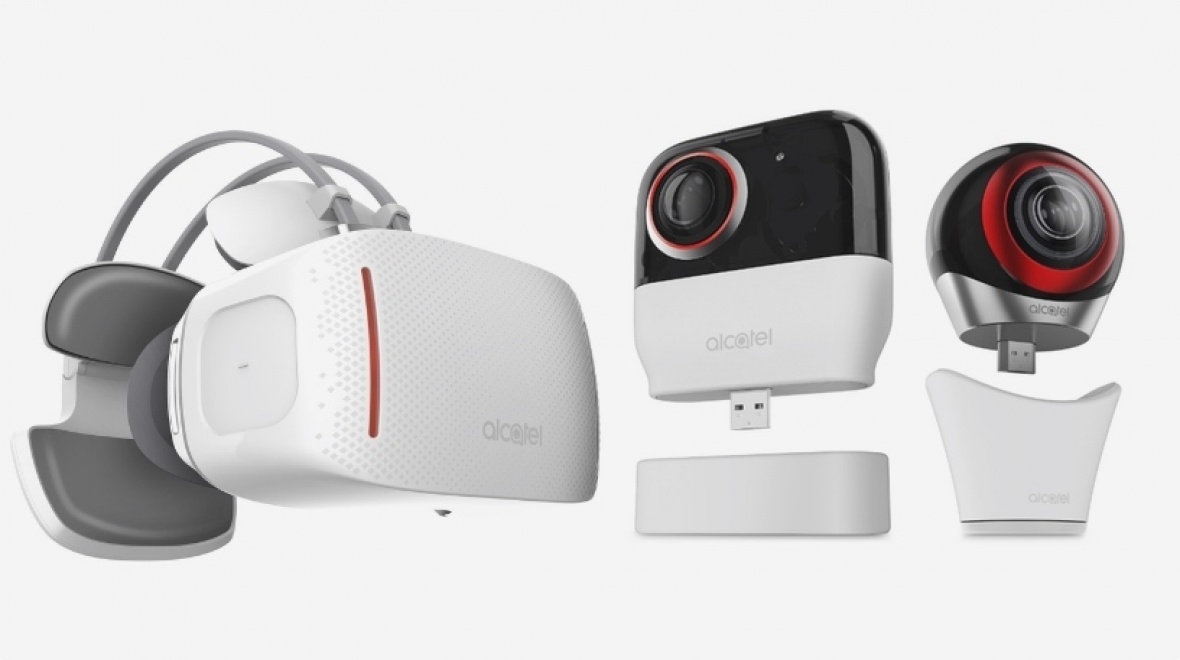Alcatel Vs Qualcomm: 2 New Wireless Smartphone-free VR Headsets
NewsTech May 12, 2023 Damon Mitchell

Alcatel and Qualcomm just announced independent efforts to create untethered VR platforms, needing no smartphone. Believe it or not, they are something totally different than what we’ve witnessed so far from VR. Well, maybe not totally, but they are cutting old ties.
In case you’re not super nerdy, the IFA 2016 is going off this week in Berlin, Germany. It’s like an international CES, the US-based Consumer Electronics Show.
Don’t feel bad if you don’t know these things. It means you have a life. It also means you may have missed out on news, which could change that life.
Change it, that is, if you were planning to live in an alternate reality, donning a permanent virtual reality headset.
Background
We talk a lot about virtual reality because it’s awesome.
There are quite a few emergent realities, including augmented, mixed, and other such adjectives. In short, they all do one thing: adjust our reality through what we perceive we are seeing or what we perceive we are hearing.
Current versions of this technology either tether to a powerful PC or use a smartphone (combined with an app) as the screen. The phone versions offer more freedom, but a slower less impressive reality.
The tethered versions are, well, tethered.
Qualcomm Headset
The Qualcomm Snapdragon VR820 offers 1440 x 1440 resolution. It does not need your smartphone for the screen. Instead, it leverages an AMOLED screen.
Playback is up to 4K. Few smartphones even offer 4K yet.
The headset uses camera technology found in drones to determine where you are in space. This element, how we move through space, is one of Qualcomm’s focal pieces for the VR820.
They believe the untethered headset solves the restrictions served up by tethered versions.
In case you’re not familiar with Snapdragon, this is Qualcomm’s mobile processing chip technology. Naming their VR prototype Snapdragon could make for confusion when the headset hits store shelves, but that won’t happen.
Instead, they will license out this technology to other tech companies.
Alcatel Headset
Same as the VR820, the Alcatel Vision requires no phone. Outside the fact that the Alcatel headset will actually be purchasable, there are many similarities.
It’s wireless, connecting to the internet via Wifi; same. The screen is also AMOLED; same. The screen is 1080p. Ooh, not same. The 820 offers 4K. Still, 1080p is high definition.
In combination with this announcement, Alcatel announced a 360-degree camera for creating your own VR content. The combined ecosystem could be a fun suite of tools for aspiring VR artistic directors.
Alcatel’s Vision offers a unique tidbit in the UI department, ditching the usual headband that keeps most headsets on the user’s head.
The Vision leverages the less-is-more philosophy, reaching over the top of your head. It has a pad at the back of your skull, where your headphones port. Smart.
Which is Better?
Both devices promise a store shelf price of $500-600. This is steep compared to the current smartphone versions of untethered VR.
From our experience, to make a difference in the wireless VR department, headsets will have to demonstrate a competitive field of view (at least 100 degrees) but also a competitive refresh rate.
The Qualcomm’s FOV is unknown. The Alcatel is 120. Point awarded to Alcatel.
The biggest limitation of these platforms is the processing speed. You have to lose data somewhere to keep the images flowing naturally. A slower processor means a less real reality.
The 820 is a quad-core, but the Alcatel unit uses an octo-core processor. Octo is not necessarily better than quad, but likely in this case it is. Another point to Alcatel.
Finally, the Alcatel is what you can expect to see in stores. The Qualcomm, who knows? Point to Alcatel, again.
Alcatel seems out in front of this battle.
Of course, we have no inside track here. We’re speculating.
Still, it’s an endless stream of exciting news in the reality department. No platform of wearables stimulates our imagination more than virtual reality and its reality cronies.
Currently, these applications of wearable tech live in the lifestyle category. We imagine they will crossover in time into health application as well.
Why not? In five years, everything on this page will sound archaic.





